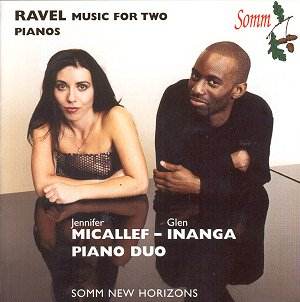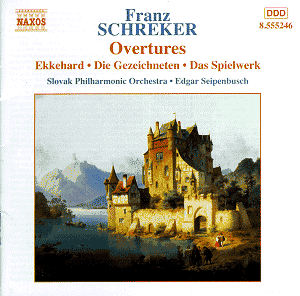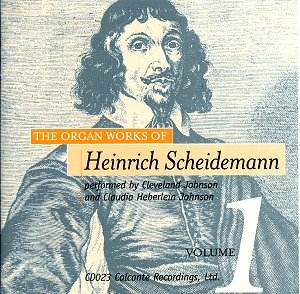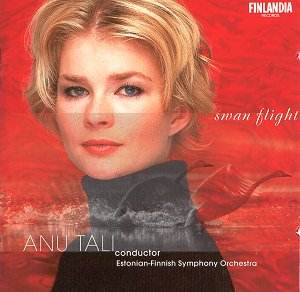 Composer: Maurice Ravel (1875-1937)
Composer: Maurice Ravel (1875-1937)
Works: Music for two pianos: Introduction and Allegro for harp, flute, clarinet and string quartet (1905), Rapsodie espagnole (1908), Entre cloches (1897), Ma mère l’oye (1910), Ouverture de Shéhérazade (1899), Frontispice for poème de Vardar (1918), La Valse (1920)
Performers: Jennifer Micallef and Glen Inanga, piano
Recording: July 2001, Potton Hall, Suffolk, UK
Label: SOMM NEW HORIZONS SOMMCD 025 [66.30]
Ravel’s oeuvre for two pianos occupies a unique and often underappreciated niche within his broader catalog. This collection, performed by Jennifer Micallef and Glen Inanga, presents a selection of works that illuminate both the composer’s intricate craftsmanship and the expressive potential of the piano duo format. Ravel, a master orchestrator, often transformed his ideas across various instrumental media, making the two-piano arrangements a fascinating study in contrasting timbral palettes. The duo’s thoughtful interpretations provide a fresh lens through which to re-examine these pieces, even as the listener grapples with their inherent orchestral coloration.
Opening with the “Introduction and Allegro,” originally conceived for harp and chamber ensemble, Micallef and Inanga’s performance is surprisingly effective. Ravel’s two-piano version, executed with remarkable sensitivity, captures the piece’s wistfulness while retaining its inherent dynamism. The interplay between the two pianists is particularly noteworthy; the delicate balance and nuanced phrasing in the opening pages convey a sense of intimacy and reflection. As the work progresses to its scintillating conclusion, the duo navigates the technical demands with assuredness, demonstrating an understanding of the piece’s shifting moods and textures.
The subsequent “Rapsodie espagnole” poses a more complex challenge. The back cover incorrectly labels this work as the “original version for two pianos,” when, in fact, only the “Habañera” movement was initially conceived for two pianos. Here, the deficiencies of the arrangement become apparent; the lush orchestral colors that Ravel so masterfully orchestrated are rendered diminished in the piano context. While Micallef and Inanga deliver a virtuosic performance, particularly in the exhilarating “Feria,” the lack of orchestral depth leaves a void. The vibrancy and subtlety that characterize Ravel’s orchestration are missed, though the duo’s technical prowess shines through.
“Entre cloches,” with its bell-like sonorities, presents a compelling contrast. The pianists’ ability to evoke the work’s delicate textures and shifting dynamics is commendable. Their interpretation draws on a spectrum of sound that aligns well with Ravel’s intent, highlighting the work’s emotional core. The recording quality captures the intricate details of their performance, allowing the listener to appreciate the nuances of touch and articulation.
In “Ma mère l’oye,” however, the duo adopts a brisk tempo that risks overshadowing the work’s lyrical subtleties. While the rapid execution may appeal to some, it lacks the warmth and expressiveness found in other notable renditions, such as those by Laurence Fromentin and Dominique Plancade, whose more measured approach allows for a richer emotional experience. The contrast in pedaling and articulation between these interpretations is telling; Micallef and Inanga’s performance, though technically admirable, occasionally sacrifices the atmospheric qualities that make Ravel’s music so enchanting.
The enigmatic “Ouverture de Shéhérazade” and the lesser-known “Frontispice” find Micallef and Inanga in their element, demonstrating their grasp of Ravel’s stylistic nuances. The former, with its hints of exoticism, is delivered with appropriate vigor, showcasing the duo’s ability to navigate complex rhythmic structures. The latter, a fragmentary work, challenges the listener with its unusual construction, yet the pianists manage to imbue it with a sense of coherence and intrigue.
“La Valse,” a tour de force for any pianist, receives a performance full of bravura and technical flair. Yet, while the duo’s virtuosity is impressive, the piece’s sardonic humor and underlying melancholy seem somewhat overshadowed by a relentless pace. The orchestral version’s rich layers of sound could not be fully replicated here, leading to a performance that, while dazzling, lacks the emotional depth that Ravel intended.
Micallef and Inanga undoubtedly deliver a commendable recording that showcases the intricacies of Ravel’s music for two pianos, marked by exceptional technical skill and a palpable synergy between the performers. However, the inherent limitations of the two-piano format, particularly with respect to orchestral works, reveal a dichotomy between brilliance and sentiment. The duo’s interpretations, while engaging, occasionally skirt the emotional nuances that define Ravel’s genius. This recording serves as a valuable addition to the Ravel discography, offering insights into his compositional process and the piano duo’s interpretative possibilities, albeit with the understanding that the orchestral versions remain the definitive experience of these masterworks.



